For this post I’m going to share a very interesting technique that I’ve been practicing for almost two years. It’s called “Camera Trap” , and it’s simply a digital camera connected to an infrared sensor which can “see” warm objects that are moving, like animals. When an animal passes through the sensor a photo is taken!
Besides, thanks to one or more flashes, it’s possible to take pictures during the night or when the light is very weak (like at sunrise and sunset), in this way I’m able to photograph nocturnal animals and birds, like Tawny Owl, the European Badger, Beech Marten and many other species. For example, I live in the countryside and wild animals here, due to the proximity to houses and roads, have nocturnal habits, so it’s not difficult to capture Wild Boars, Foxes and Roe Deer moving through the darkness.
European Badger, one of my favourite nocturnal animals!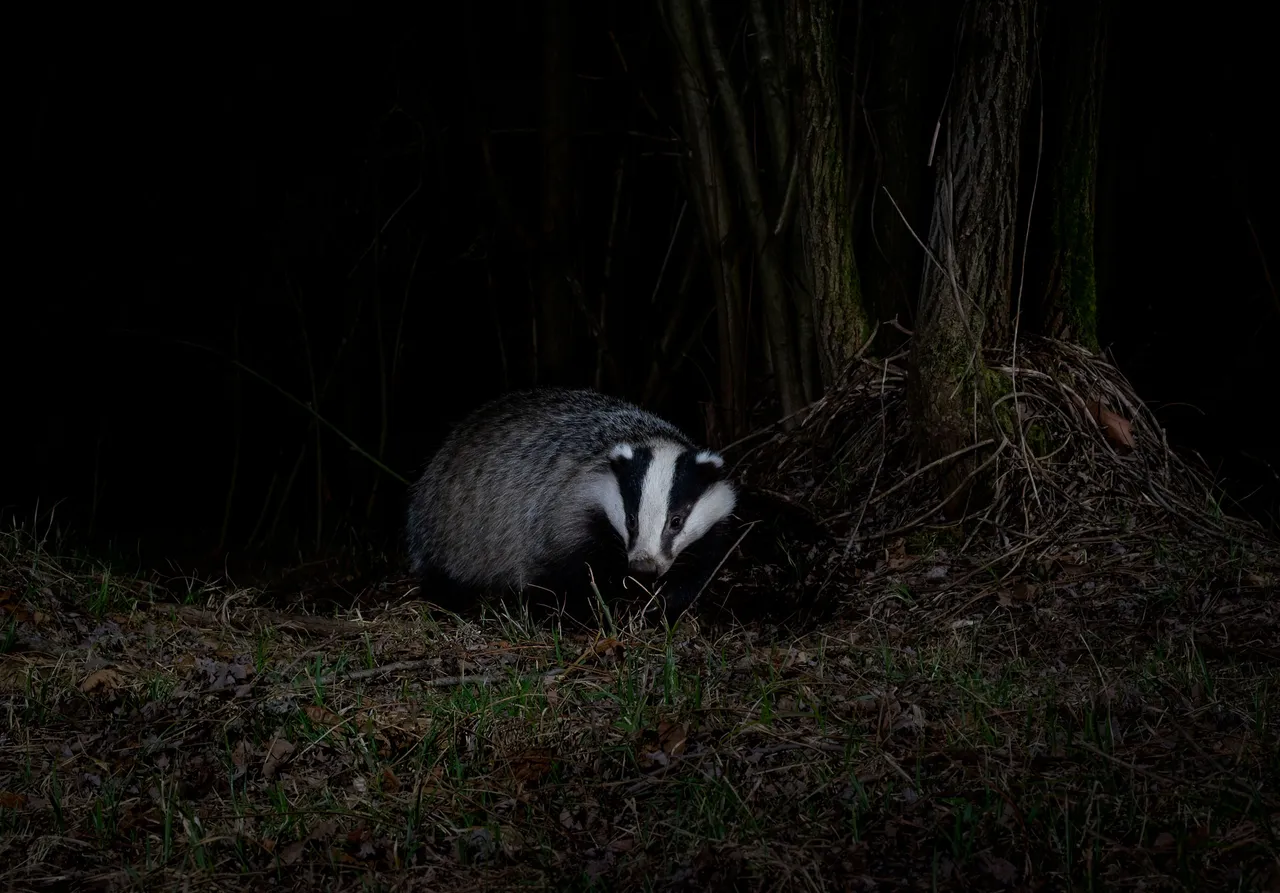
Tawny Owl, an unexpected capture, as I was trying to photograph the Beech Marten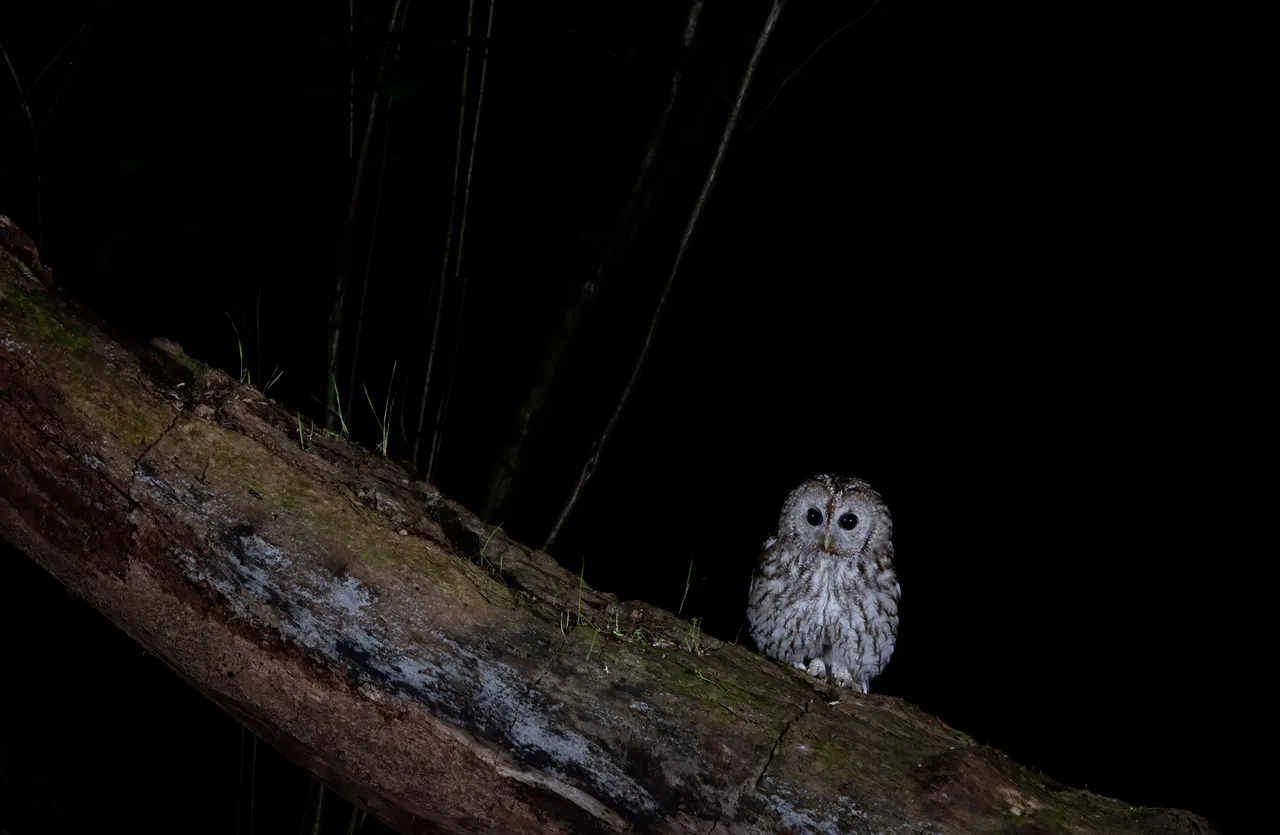
A Beech Marten on the same tree trunk, a few nights later.
I have to say it, it’s not an easy technique, it requires a lot of effort and patience, but it’s definitely worth it!
I know, you are wondering if you have to abandon your camera, sensor and flashes in some remote woods or forests, and the answer is: yes, of course! Obviously you have to know the area very well, you must camouflage everything and be sure that nobody walks there. Be aware of every country has different laws, but generally you must ask permissions to the owner (in case of a private property) or to the institution (in case of a park or natural reserve).
Wild Boar cubs wandering around the wood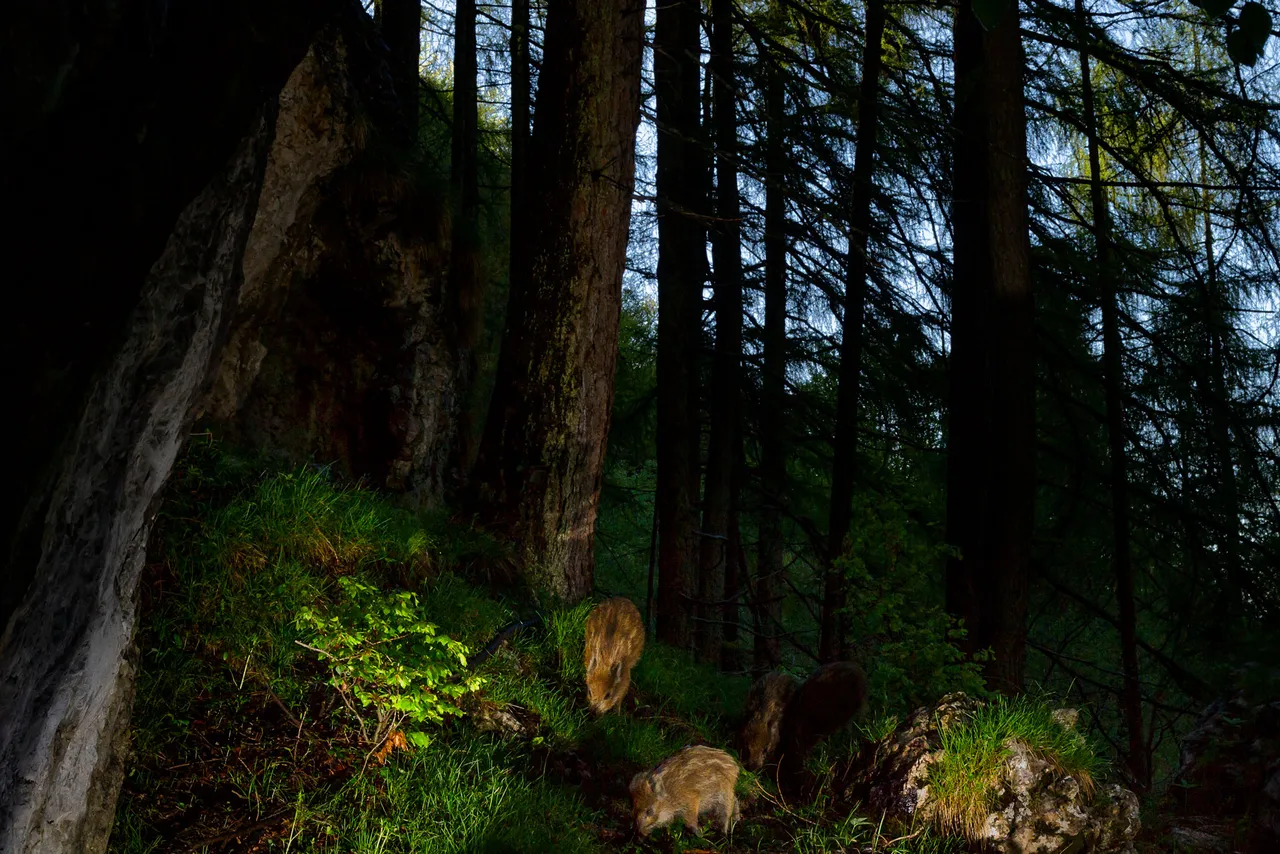
As a matter of fact it depends on where you live, for example: a friend of mine lives near the woods in a house with a big garden and no fences, and he’s able to catch Badgers and Foxes every night, just outside his house!
I took these two pictures in my garden:
A curious Hedgehog 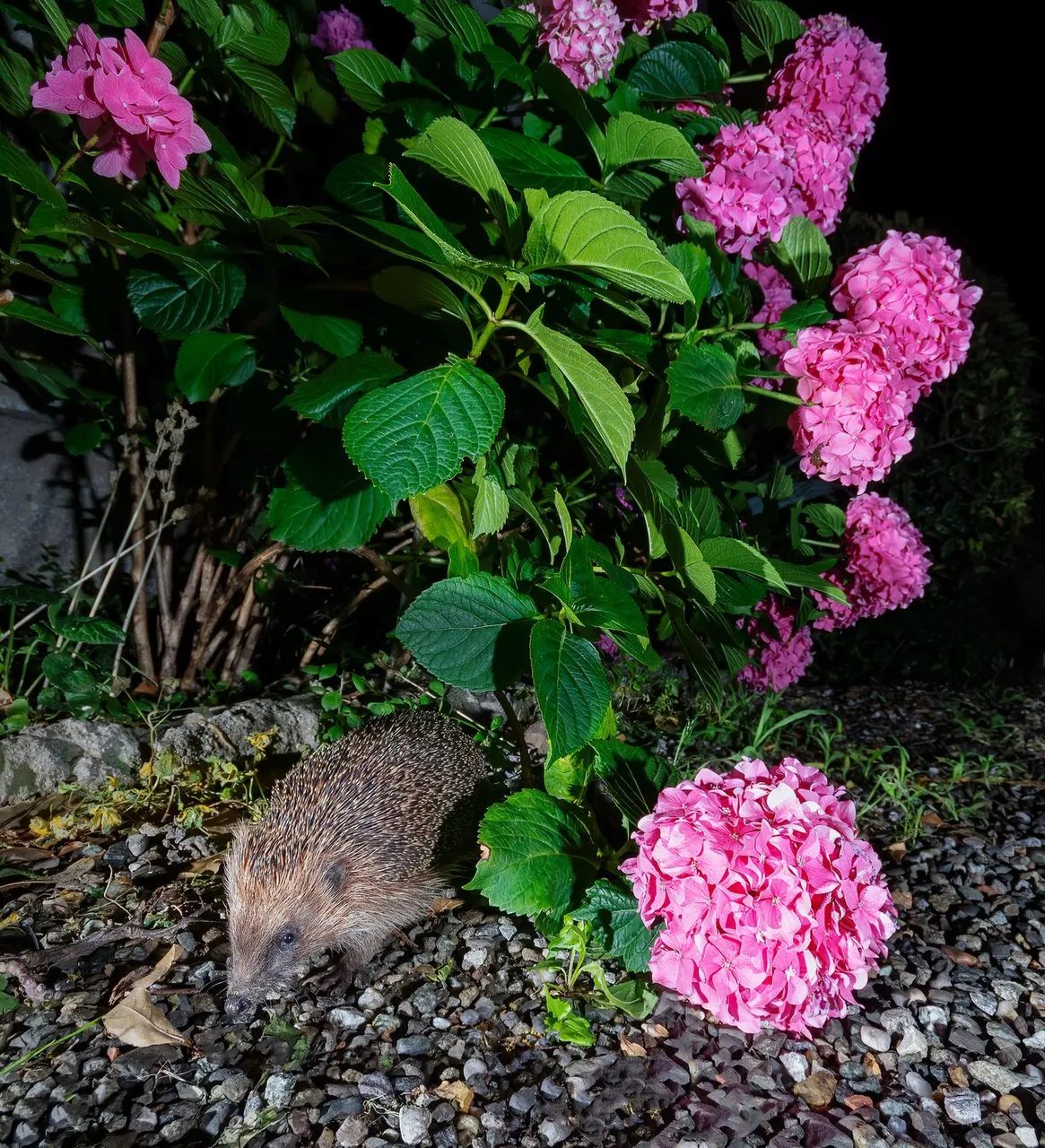
Great Spotted Woodpecker (father and son)
Anyway, it must be said that you don’t need expensive equipment for this technique (and you shouldn't use it) since excellent results can be taken with old cameras (like Nikon D3200 or Canon 550D, for example) with the normal kit lens (18-55).
So, in summary, I let you here the basic equipment you’ll need for starting to practice this technique:
A digital camera, the best system at the moment is still reflex
A lens kit (18-55 or similar)
An infrared sensor (called PIR, Passed InfraRed)
One or more flashes (they must have a quick wakeup from standby mode)
Extensions for batteries and rechargeable batteries
Protective cases for all stuff, so you won’t be worried about cold, rain and snow.
Here some Wild Boars, very commons where I live: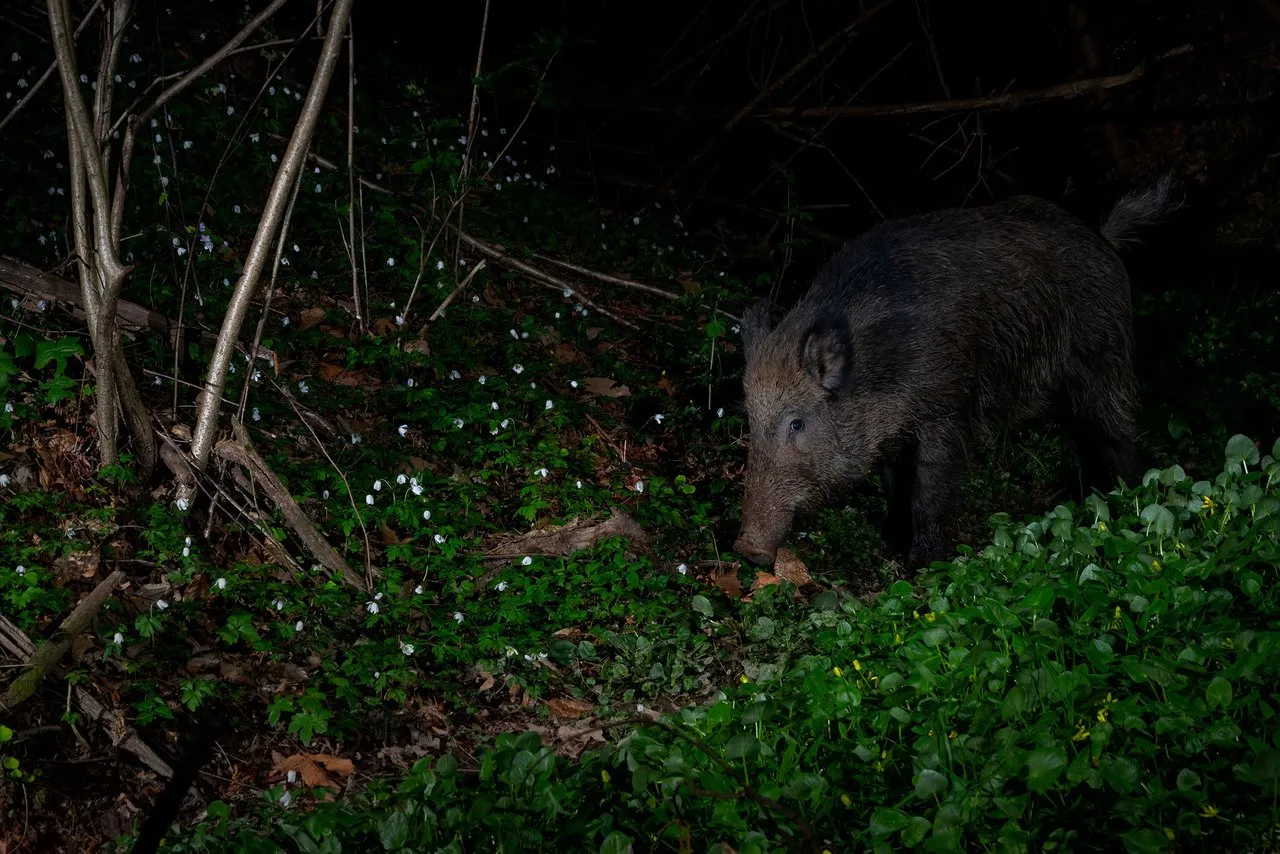
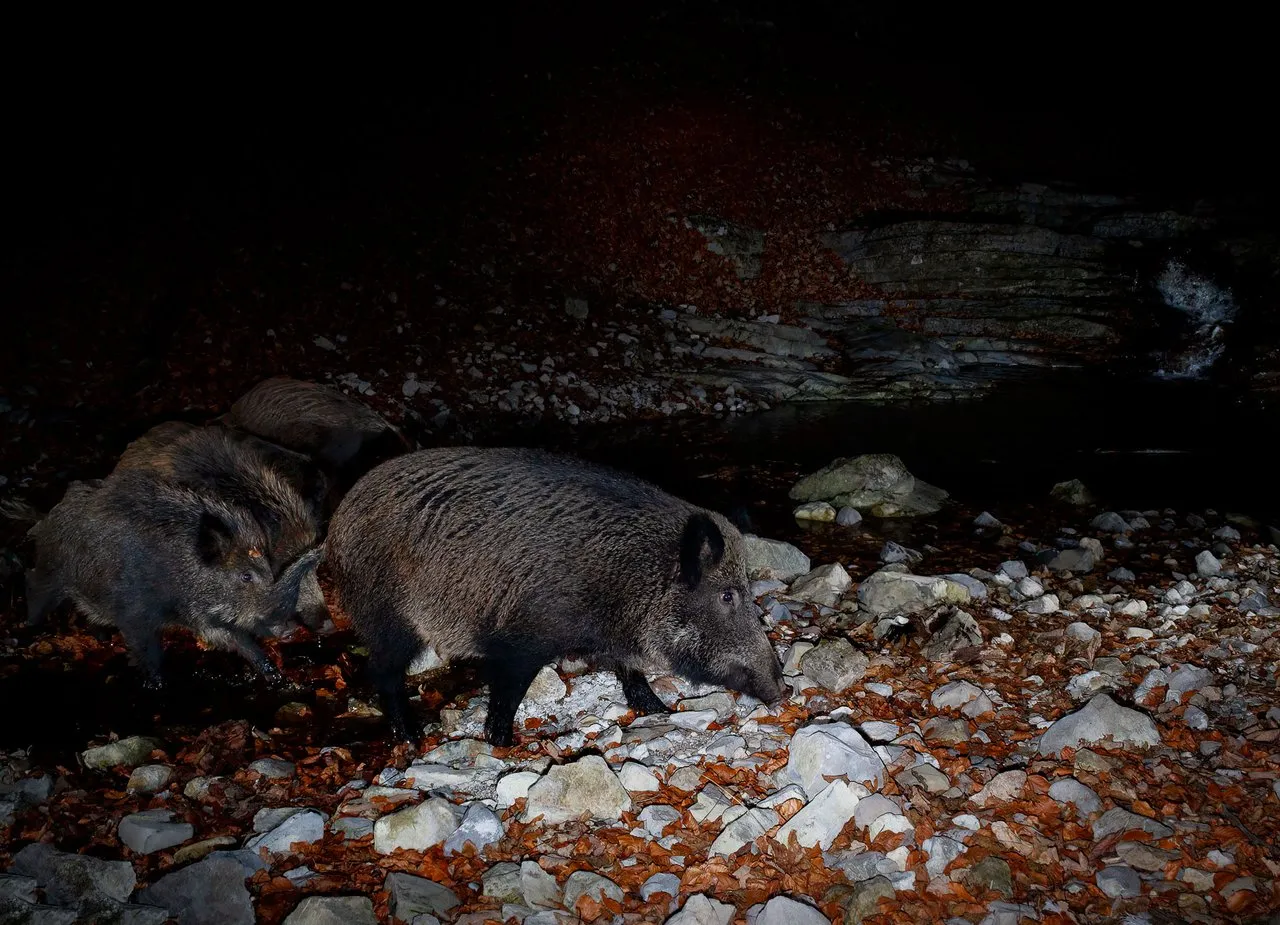
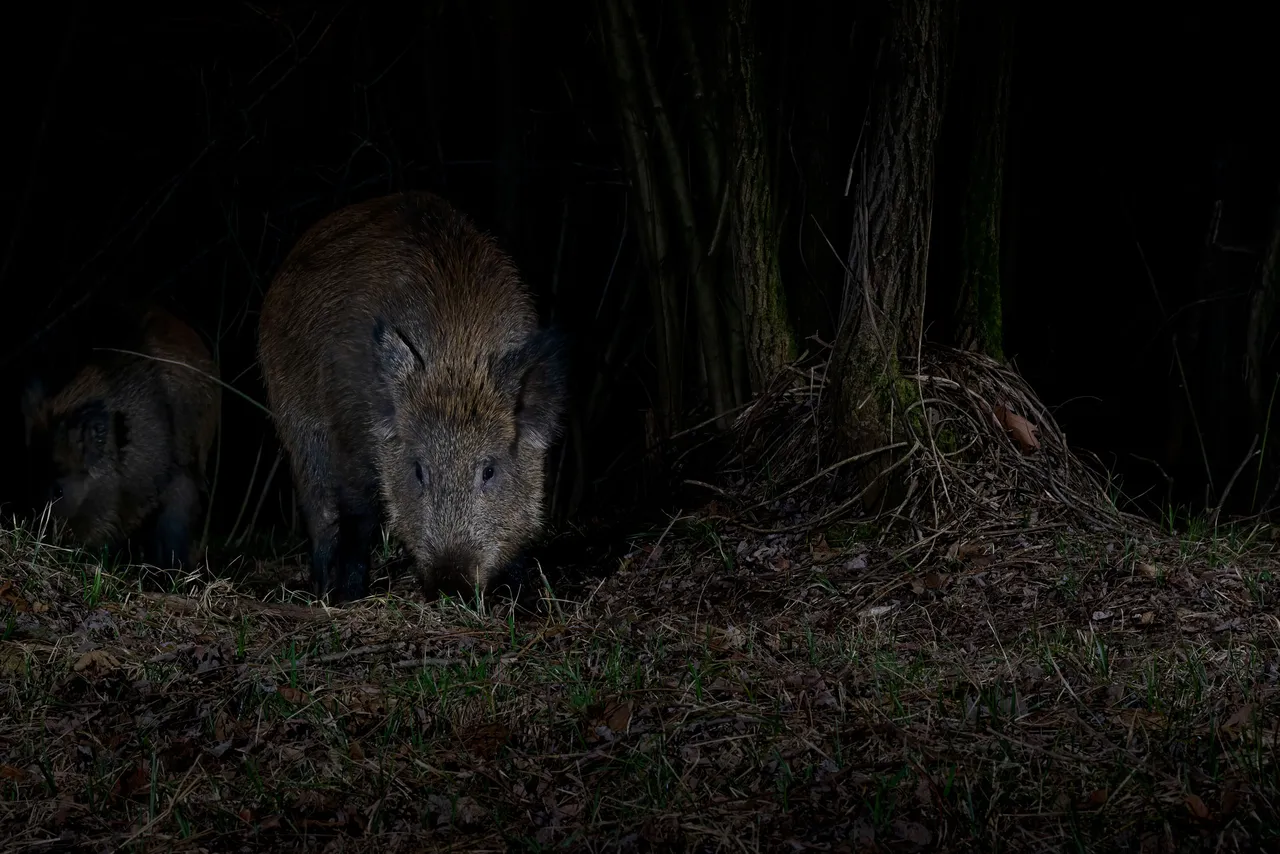
I promise I’ll do another post sooner or later, with other pictures…and many other tips!